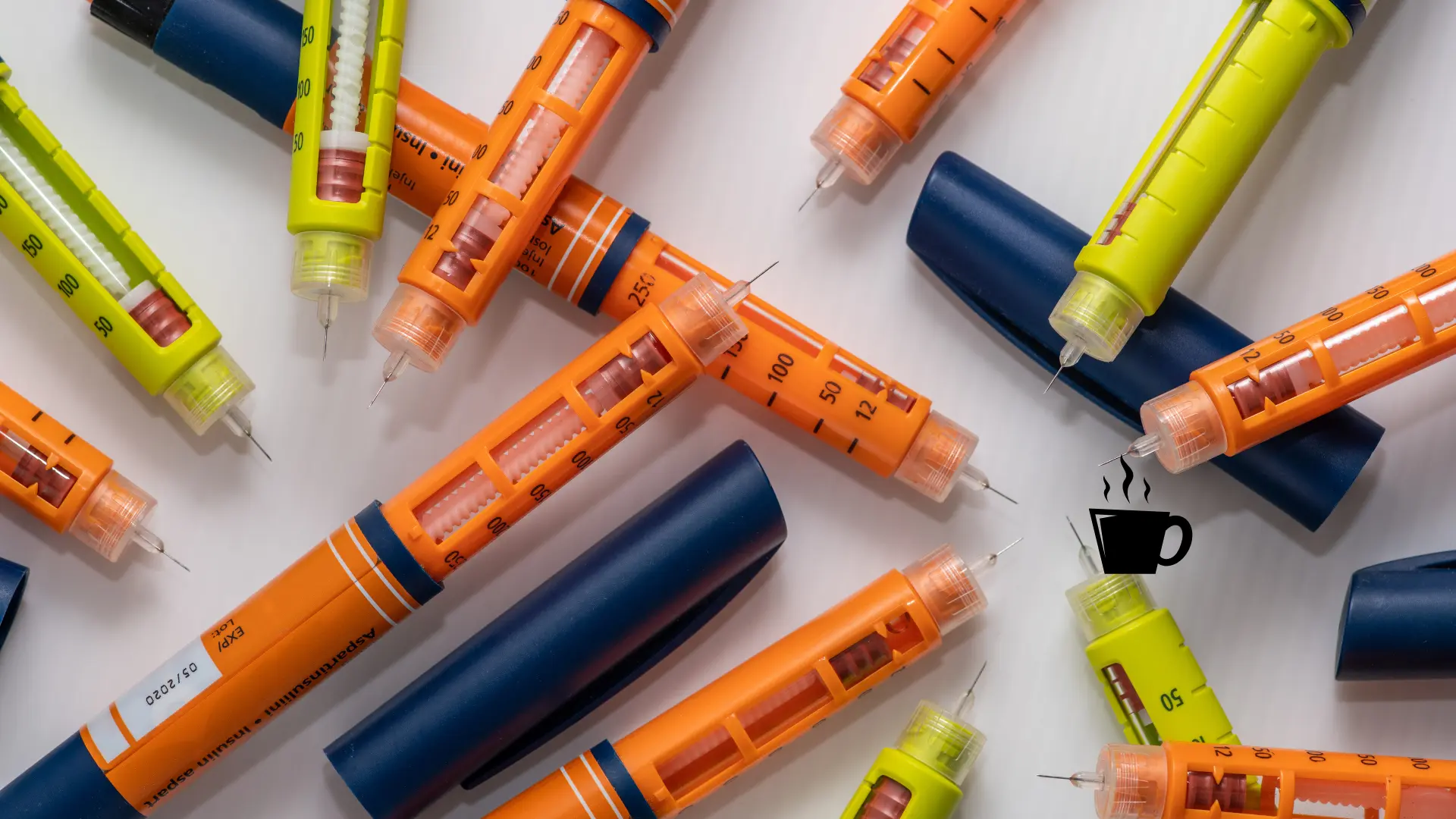Physical Address
304 North Cardinal St.
Dorchester Center, MA 02124

Insulin is a vital hormone for people with diabetes, helping to regulate blood glucose levels. There are various types of insulin available, each with unique characteristics that may better suit the individual needs of each patient. In this article, we will explore the different types of insulin, their characteristics, and how they compare to each other.
– Onset of Action: Rapid-acting insulin, such as lispro and aspart, has a faster onset of action than regular insulin.
– Action Peak: While regular insulin has a more pronounced action peak, rapid-acting insulin analogs have a smoother action peak.
– Duration of Action: Long-acting insulins, such as glargine and detemir, have a longer duration of action compared to NPH insulin.
– Flexibility: Rapid-acting and long-acting insulins offer more flexibility in dosing schedules, while intermediate-acting insulins usually require twice-daily dosing.
– Glycemic Control: Different types of insulin are used to achieve different glycemic control goals, from postprandial control to basal control throughout the day.
Choosing the right type of insulin is essential for effective diabetes control. Patients should work closely with their healthcare providers to develop a personalized treatment plan that takes into account their glycemic control goals, lifestyle, and insulin administration preferences. With a proper understanding of the different types of insulin available, patients can make informed decisions to improve their health and quality of life.
In conclusion, a comprehensive understanding of the diverse characteristics of insulin types is paramount for tailored diabetes management. Through fostering close collaboration and open communication with healthcare providers, patients can fine-tune their treatment plans, ensuring optimal glycemic control and promoting overall well-being. By acknowledging individual needs and preferences, healthcare teams can guide patients towards the most suitable insulin regimen, empowering them to navigate their condition with confidence and resilience. This informed and proactive approach not only improves health outcomes but also enhances the quality of life, enabling individuals to pursue their goals and aspirations with vitality and vigor despite the challenges posed by diabetes.




